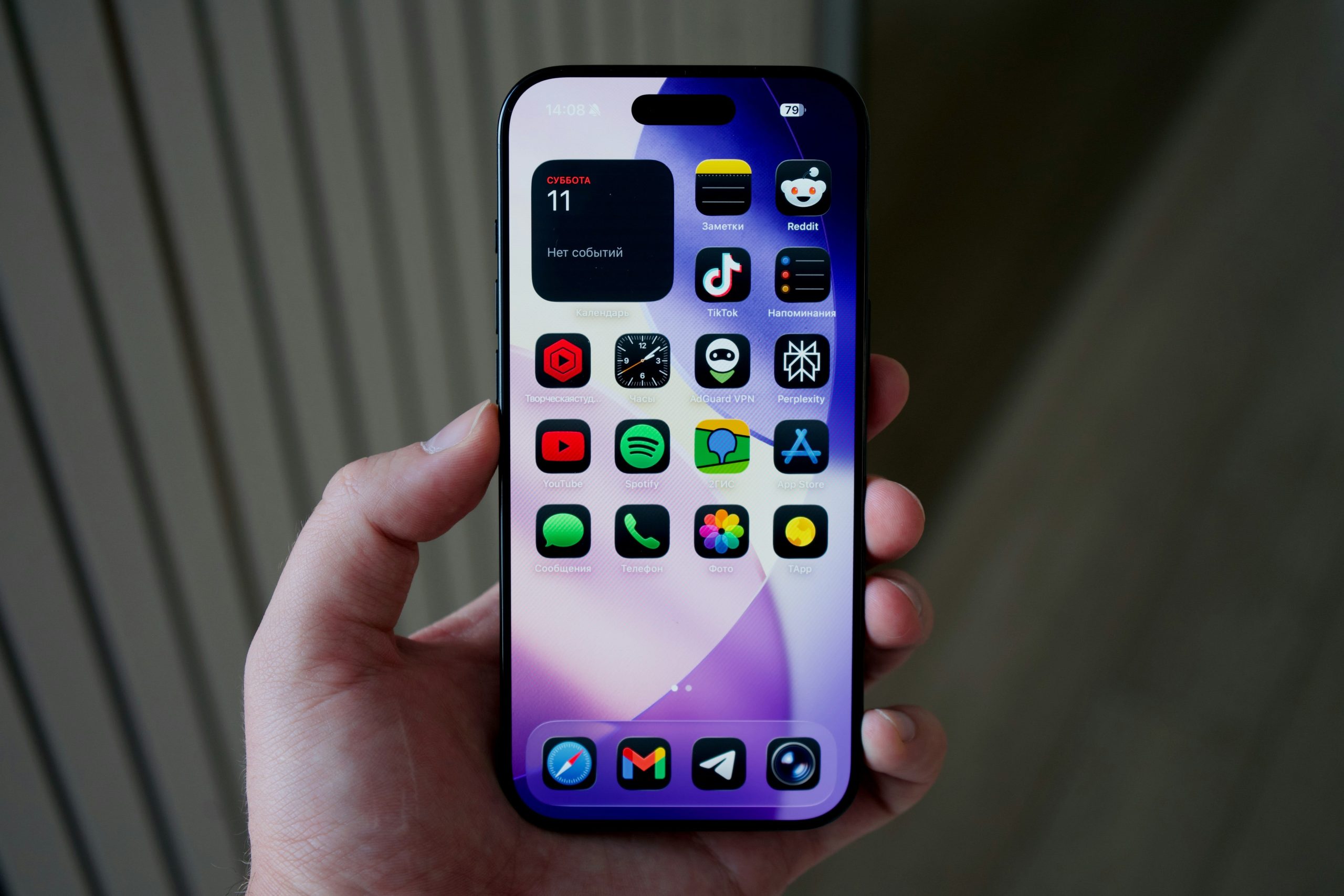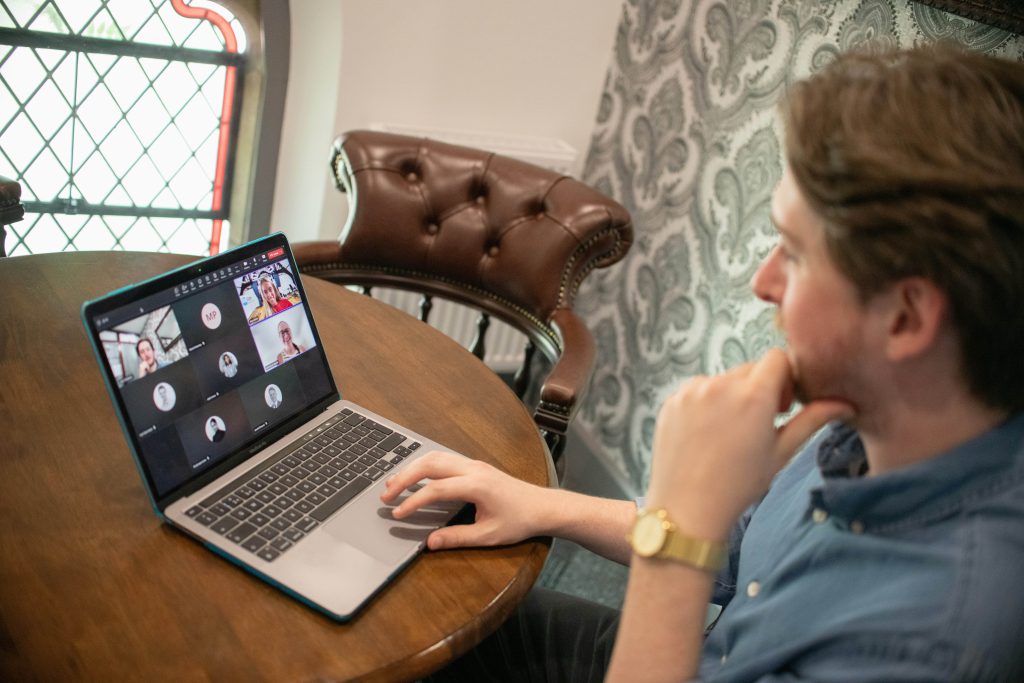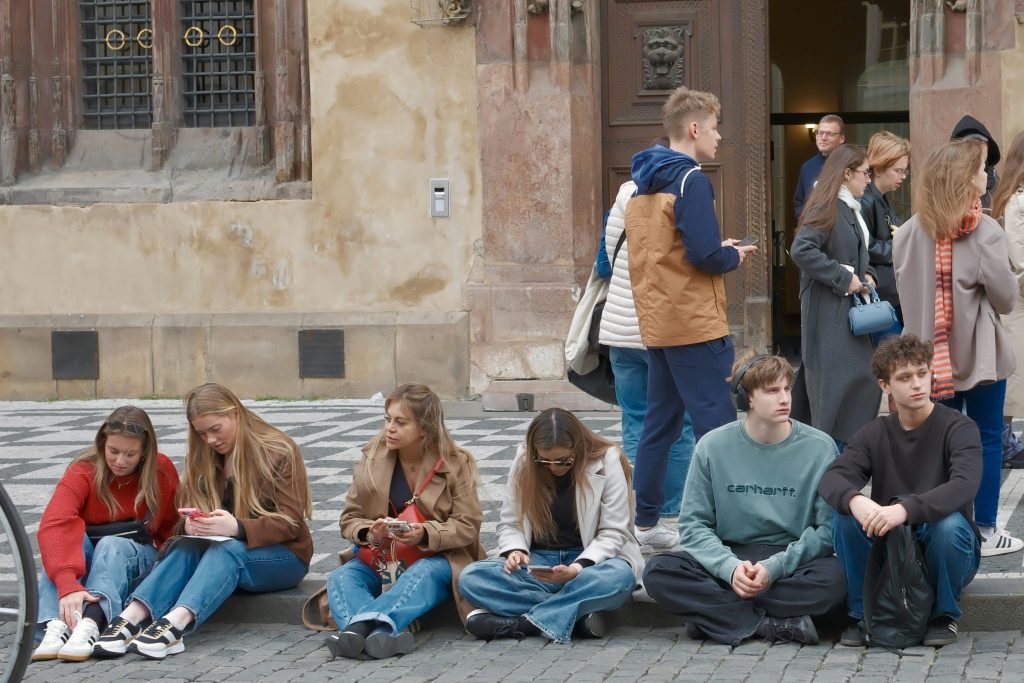
27 Oct Enhancing Virtual Art Tours Through Smart Social Media Strategies
Introduction
Virtual art tours have revolutionized the way audiences experience art by offering digital environments that replicate physical gallery or museum visits. These tours use advanced imaging, web technologies, and interactive design to create immersive, accessible experiences for global audiences. Integrating social media into these tours enhances engagement and reach, transforming what was once a solitary viewing experience into a shared cultural journey. Through social platforms, virtual tours evolve into dynamic, interactive, and shareable encounters that strengthen cultural participation and digital inclusivity.
The Rise of Virtual Art Tours
The rise of virtual art tours mirrors the broader digital transformation of the arts sector. Initially used as online extensions of physical exhibitions, these tours have become essential tools for audience engagement and art education. Technologies such as 360-degree photography, high-resolution scanning, and interactive storytelling allow viewers to explore artworks in detail, closely replicating the experience of being in a physical gallery. Major institutions—including the Louvre, the National Gallery, and the Smithsonian—now use virtual tours to make their collections more accessible worldwide. This approach democratizes art appreciation, enabling people from all backgrounds to experience exhibitions regardless of location or physical mobility.
Why Integrate Social Media?
Social media integration expands the potential of virtual art tours by connecting them with audiences across multiple platforms. By incorporating channels like Instagram, Facebook, Twitter (X), TikTok, and YouTube, museums and galleries can reach people beyond their traditional visitor base. Social media encourages participation through real-time discussions, comments, and shares, helping to build engaged online art communities. It also supports organic promotion, as users share their favorite moments or artworks. Most importantly, this integration enhances accessibility, allowing individuals from different regions, age groups, and physical abilities to take part in artistic experiences from home.
Key Social Media Platforms and Integration Strategies
Instagram is one of the most effective tools for visual storytelling. Institutions can post high-quality images of artworks, create Stories for behind-the-scenes looks, and share Reels that highlight key moments from virtual tours. Interactive features such as polls, quizzes, and augmented reality filters make the experience more engaging and participatory.
Facebook fosters community and communication. Galleries can organize live virtual tours, create groups for art discussions, and promote events that include clickable links to their virtual exhibitions. This creates a bridge between institutions and audiences that extends beyond traditional marketing.
Twitter (X) supports instant engagement. Live-tweeting tours with custom hashtags, hosting artist Q&As, and sharing short insights or artwork facts help maintain real-time interaction during events.
TikTok allows museums to reach younger audiences through short, creative videos. Trend-based art challenges, quick artist introductions, or behind-the-scenes content can encourage participation and raise awareness about exhibitions in an approachable way.
YouTube is ideal for hosting long-form content such as virtual walkthroughs, artist interviews, and educational segments. By curating playlists around specific themes or art periods, institutions can encourage deeper engagement and repeat visits from viewers.
Strategies for Enhancing Virtual Tours via Social Media
To maximize impact, social media efforts should be structured across three phases: pre-tour, during-tour, and post-tour engagement.
- Pre-tour promotion can include teaser posts, short videos, and countdowns to create anticipation. Partnering with art influencers or digital creators can expand visibility and attract new audiences.
- During the tour, hosting live Q&A sessions with curators, artists, or museum guides encourages participation. Viewers can be invited to share their favorite artworks using campaign hashtags to build community-driven content.
Post-tour amplification focuses on sustaining interest by sharing highlights, recap videos, and user-generated posts. Consistent branding, coordinated hashtags, and cross-platform sharing ensure that each platform supports and reinforces the others, enhancing visibility.
Benefits of Social Media Integration
The integration of social media with virtual art tours offers numerous benefits. It significantly broadens audience reach, potentially introducing art to millions of new viewers worldwide. Engagement deepens as visitors become participants through comments, reactions, and creative responses. This method is also cost-efficient, relying primarily on organic engagement rather than large advertising budgets. Moreover, social media analytics provide valuable insights into user preferences, helping institutions refine their digital strategies. Beyond metrics, the cultural value of integration is profound—it allows art to be shared widely, making creativity and education more inclusive and accessible than ever before.
Challenges and Considerations
Despite its effectiveness, social media integration requires careful planning. With the vast amount of digital content available, standing out can be challenging. Institutions must adapt to platform algorithm changes and evolving content trends to maintain relevance. Balancing quality content with available resources is also essential, as creating consistent and high-quality posts demands time and expertise. Maintaining authenticity is critical—viewers are more responsive to genuine storytelling than overt promotion. Additionally, copyright and ethical considerations must be followed to ensure that all shared images and videos of artworks respect the intellectual property rights of artists and institutions.
Future Trends
The future of virtual art tours lies in technological and participatory innovation. Augmented reality (AR) and virtual reality (VR) tools are increasingly being integrated into social media, offering audiences immersive, interactive ways to experience art. Artificial intelligence (AI) is beginning to personalize these experiences, recommending exhibitions or artworks based on user preferences and interaction history. As social platforms evolve, new features—such as live collaboration tools and integrated e-commerce options—will create opportunities for institutions to connect with audiences and support artists. Community co-curation, where audiences contribute to shaping exhibitions through social feedback, represents an emerging trend in participatory digital culture.
Conclusion
Integrating social media into virtual art tours transforms the digital viewing experience into an active, shared, and inclusive cultural event. Through strategic storytelling and interaction, art institutions can reach diverse audiences, foster engagement, and sustain cultural dialogue in the digital space. By embracing social media as a fundamental component of their digital strategy, museums and galleries not only adapt to technological change but also ensure that art remains accessible and relevant to future generations of viewers.
Key Takeaways
- Virtual art tours are redefining accessibility, allowing global audiences to experience museum and gallery collections from anywhere through immersive digital technology.
- Social media platforms amplify engagement by transforming passive viewing into interactive participation, fostering online art communities across Instagram, Facebook, X, TikTok, and YouTube.
- Strategic social media integration before, during, and after virtual tours enhances visibility, encourages real-time interaction, and sustains post-event interest.
- The benefits extend beyond reach, offering cost-effective promotion, valuable audience insights through analytics, and a more inclusive space for art appreciation.
- Challenges include maintaining quality, authenticity, and copyright compliance, as well as adapting to evolving digital trends and platform algorithms.
- Future trends point toward AR, VR, and AI-driven personalization, where audiences will enjoy more immersive, customized, and participatory art experiences across social platforms.
FAQs
How do social media platforms enhance virtual art exhibitions?
Social media platforms enhance virtual art exhibitions by extending their reach to global audiences and creating interactive spaces for engagement. Through likes, shares, live sessions, and storytelling features, viewers can actively participate, making the digital art experience more personal, social, and culturally inclusive.
What are the best social media strategies for promoting virtual art tours?
The best strategies include pre-tour teaser campaigns, live Q&A sessions during the event, and post-tour recaps with user-generated content. Collaborating with influencers, using consistent hashtags, and sharing behind-the-scenes videos also help build stronger audience connections and brand authenticity.
What technological trends are shaping the future of virtual art experiences?
Emerging technologies like augmented reality (AR), virtual reality (VR), and artificial intelligence (AI) are redefining how art is presented online. These innovations make exhibitions more immersive and personalized, allowing users to explore art in three-dimensional environments and receive tailored recommendations based on their preferences.
Behind every successful art exhibition lies a world of preparation that most visitors never see. Discover the intricate process of curating, organizing, and setting up an exhibition—from the initial concept to the final presentation that captivates every guest.




